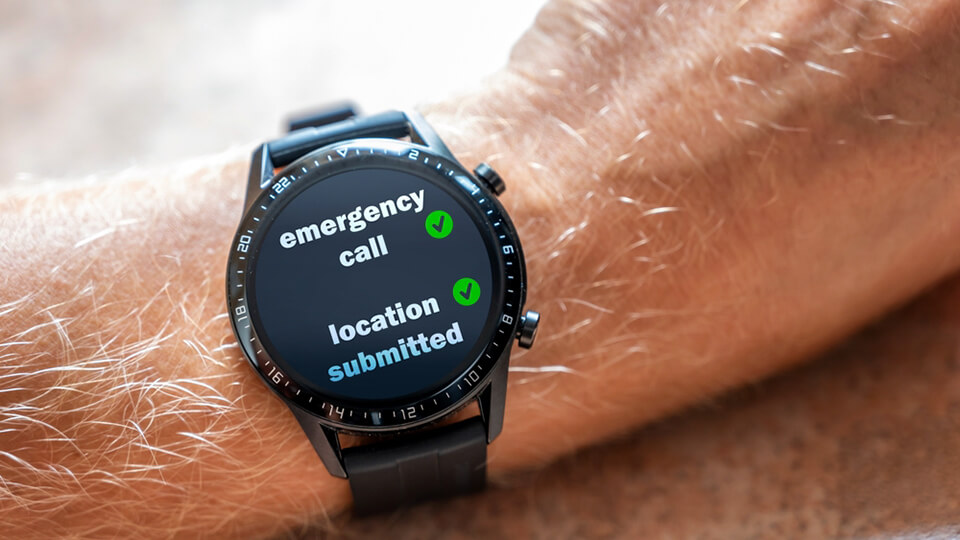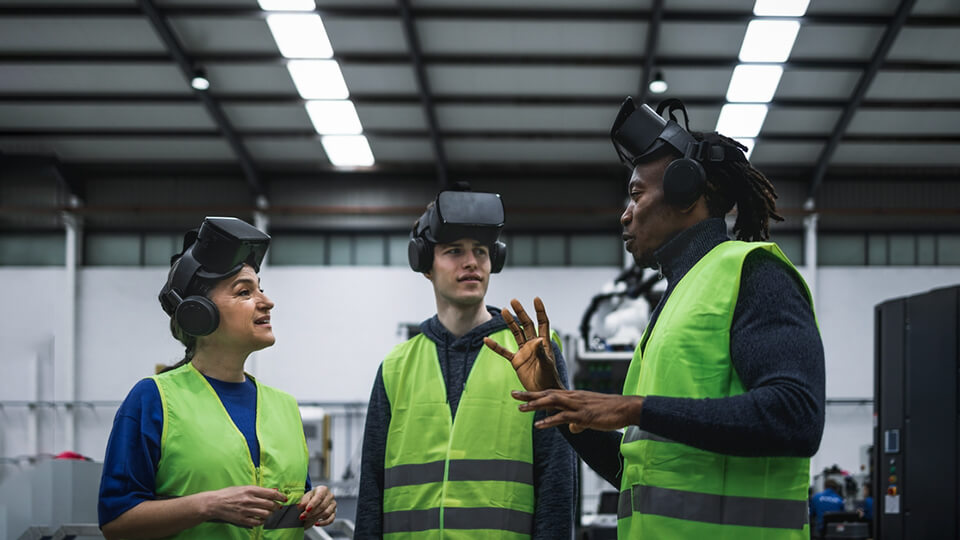How could wearables change safety in the workplace?
Whether it’s a smart watch that accepts calls, a fitness tracker that measures your sleep quality, or a VR headset that brings a new dimension to gaming, wearable technology has become more commonplace in our personal lives.
But on the job, wearables are also being adopted and adapted for new applications. They can warn a warehouse worker who is near a forklift, coach employees on ergonomic movements or keep team members working alone in remote locations connected to real-time monitoring.
As more companies look for ways to streamline compliance, boost productivity, and, most importantly, prevent injuries and accidents on the job, wearables are likely to become mainstream in industries like construction, manufacturing, healthcare and law enforcement.
So what do you need to know about these devices, and what are the risks and privacy rights all workers should know?
Uses for workplace safety wearables
Workplace wearables serve different purposes depending on the industry, the company’s needs and how management chooses to collect and analyze data.
In manufacturing, construction and warehouse work, wearables often center on proximity sensors. For example, if an employee gets too close to a piece of machinery or enters a high-risk zone, a sensor alerts them, also alerting the equipment operator. This can create greater awareness on a job site, facility or plant and lower the risk from object strikes or heavy equipment injuries.
Businesses also use wearables to help improve or correct repetitive movements in a factory or healthcare setting. Lumbar motion monitors, for example, will gently buzz if they detect a high-risk movement, coaching employees toward safer positioning. Analyzing the group data also provides valuable insights during an ergonomic assessment, helping businesses understand their weak points and design new workstations or procedures.
For employees who work in confined spaces, remote locations or have high-risk jobs, safety wearables offer real-time monitoring. Injured employees aren’t always conscious or able to move and call for help, but wearables can detect falls, flag missed check-ins or send an alert when there’s no movement. A remote safety team can pinpoint where the injured worker is and send help as soon as possible.
Over time, a company can also improve upon its safety work with wearables data as a guide. If there are regular near misses in a particular area of a plant, for example, the company could design new work zones to reduce potential equipment injuries. If accidents tend to occur late in a shift, employers could shift higher-risk tasks to earlier in the day or provide more breaks.
Potential issues with wearable safety technology

While safety wearables have a lot of potential to improve safety plans, shorten emergency response times and avoid preventable accidents, workers should have a strong understanding of exactly what the devices will do and how they’ll be used.
Employees have a right to know:
- What information is being collected
- How it is stored and analyzed
- When devices are active and what capabilities they have (for example, two-way communication or push button talk features)
- How the information will be stored securely and for how long
- If wellness-related data is collected (like heart rate), how that information will be used
In order to secure employee consent, managers must show workers that their information will be respected and protected, but also that the technology will lead to real safety improvements.
Additionally, it’s important for companies to see safety wearables as tools, not as replacements for meaningful training, safety meetings and ergonomic planning. As with any technology, wearables can break or fail, and employees can’t rely on a single device to keep them safe.
Georgia Workers’ Compensation Attorney
While safety wearables will hopefully lead to a better understanding of on-the-job risks, accidents will still happen. If you’ve been hurt at work, workers’ compensation can help. Contact the Law Offices of Laura Lanzisera today for a free consultation, or give us a call at 404-991-5097.
